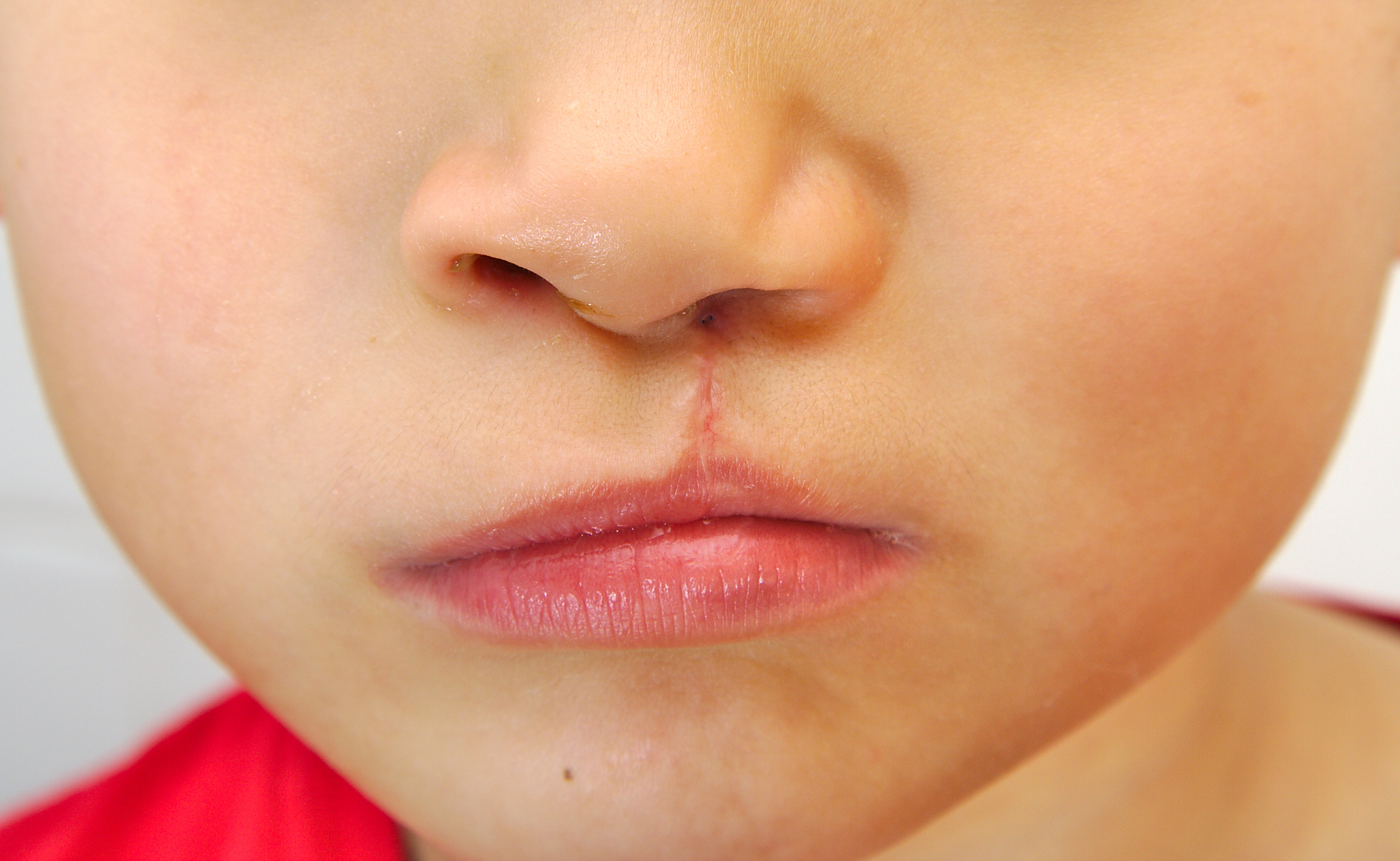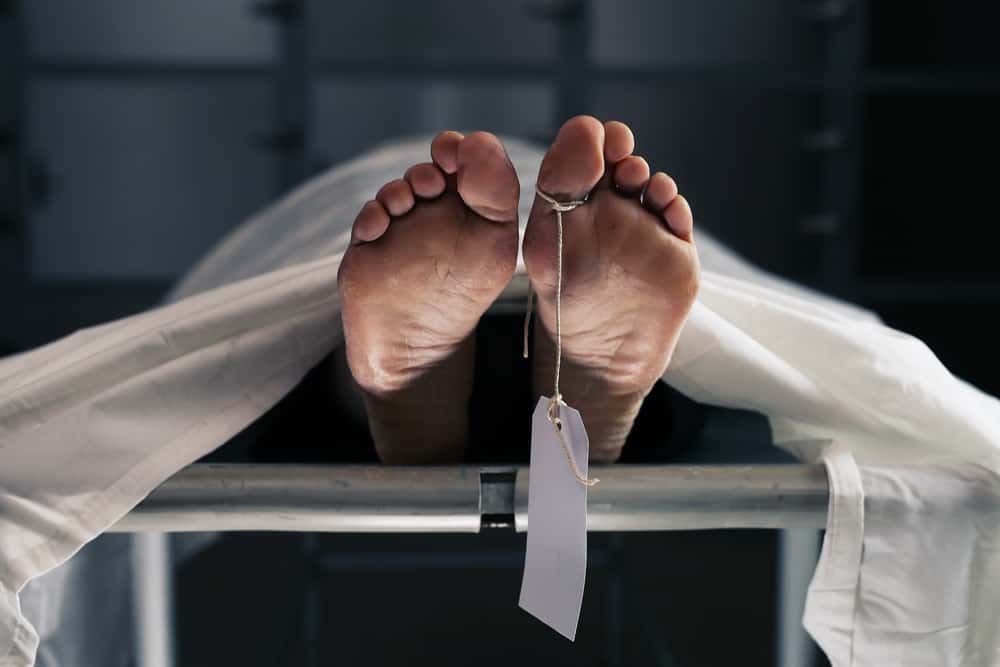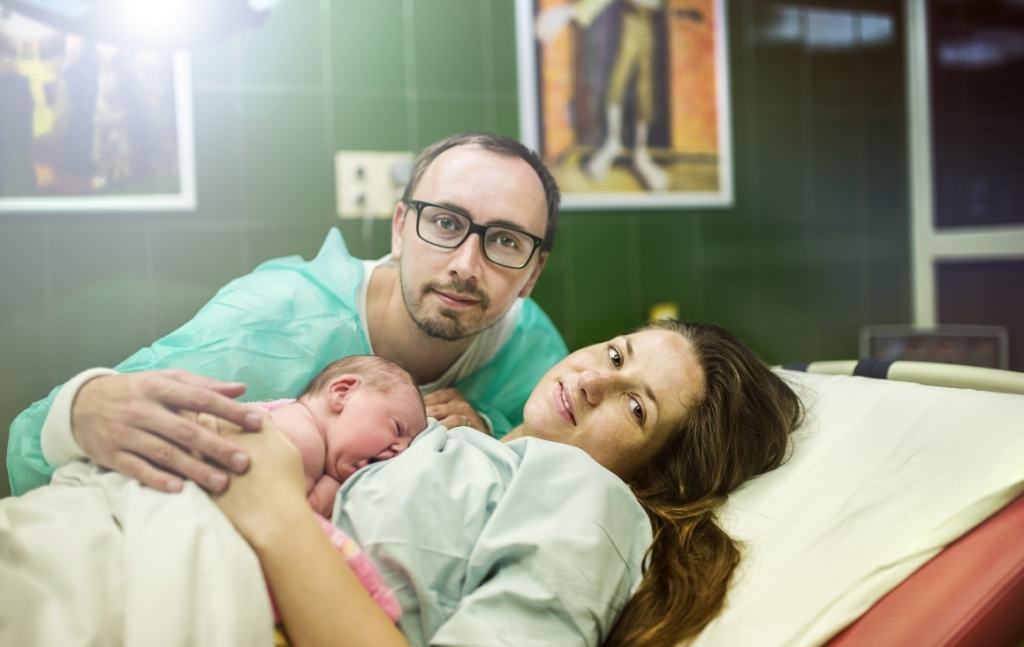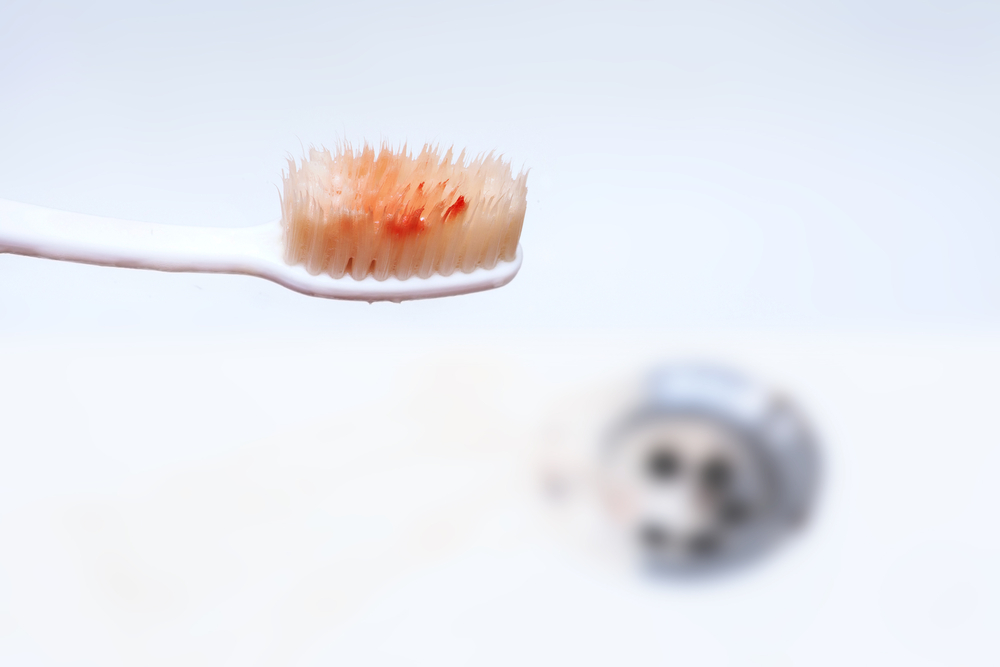Contents:
- Medical Video: Cleft Lip and Palate Surgery: A Family's Journey
- What causes cleft lip and cleft palate?
- Does cleft lip surgery need to be done?
- When should a child undergo cleft lip surgery?
- Do you need another operation after that?
Medical Video: Cleft Lip and Palate Surgery: A Family's Journey
Cleft lip is one of the common problems experienced by babies. This problem can occur because the tissue around the mouth or lips does not blend well since the baby is still in the womb. As a result, a gap forms on the baby's lips, or it can also spread to the baby's nose. To overcome this problem, a cleft lip surgery must be done.
What causes cleft lip and cleft palate?
The presence of gaps in the lips and palate may occur due to genetic (hereditary) factors. This genetic factor can be brought from father and mother. In addition, cleft lip and palate can also be caused by environmental factors, for example from certain drugs used by the mother during pregnancy or due to lack of certain nutrients during pregnancy (such as folic acid).
Maternal exposure to certain chemicals during pregnancy can also cause gaps to form. Pregnant women who smoke, drink alcohol, or even use illegal drugs during pregnancy can cause babies to experience birth defects on the face (cleft lip or cleft palate).
Does cleft lip surgery need to be done?
Babies born with cleft lips must immediately undergo cleft lip surgery. This operation aims to repair the gap in the lips and / or the ceiling that is formed. Thus, muscle function in this part can work normally and the appearance of the face also becomes normal.
This operation is also intended so that the baby can speak normally, can receive food easily, and also to prevent disruption of tooth growth and hearing loss later on (in babies who also experience cleft palate).
You need to know, children with cleft palate are at risk of experiencing fluid buildup in the middle ear. So, this can cause ear infections and even hearing loss. Therefore, it is important for them to have their ears checked once or twice a year.
When should a child undergo cleft lip surgery?
Cleft lip surgery can be done when the baby is 3-6 months old. The baby will be sedated, so that his lips can be repaired and then covered with stitches. This operation usually lasts for one to two hours. Small scars on the upper lip (lower part of the nose) will usually be seen after this operation, but over time these stitch marks will fade and become less clear.
If the baby also has a cleft palate, palate repair surgery can be done later at the age of 9-12 months. This palate repair is done by connecting the soft muscles to the ceiling and regulating the tissue to close the gap.
This is so that the palate can work properly, especially for talking. Although maybe some babies will have a nose sound (unlike normal people) later on.
Cleft lip and palate surgery that is done earlier, under the age of 12 months, can make children's speaking abilities better. The sound that comes out of the child's mouth may not be too nasal and clearer. To support this, children also need to be trained in small ways of speaking.
Do you need another operation after that?
After the child gets older, maybe some operations can be done to improve the appearance and other functions. Some operations that can be done are:
- Pharyngoplasty, which helps improve the child's ability to speak.
- Rhinoplasty, to improve the shape of the nose.
- Bone grafts in gaps in the gum area, so that permanent teeth are more stable. Usually it can be done for children aged 8-12 years.
- Surgery to improve the appearance and function of the lips and palate. This operation may be needed if an operation that previously did not produce good results or the child has a problem talking.
- Surgery to improve the appearance of the jaw. Some children with cleft lip and / or palate may have a small lower jaw that must be operated on to repair it.












